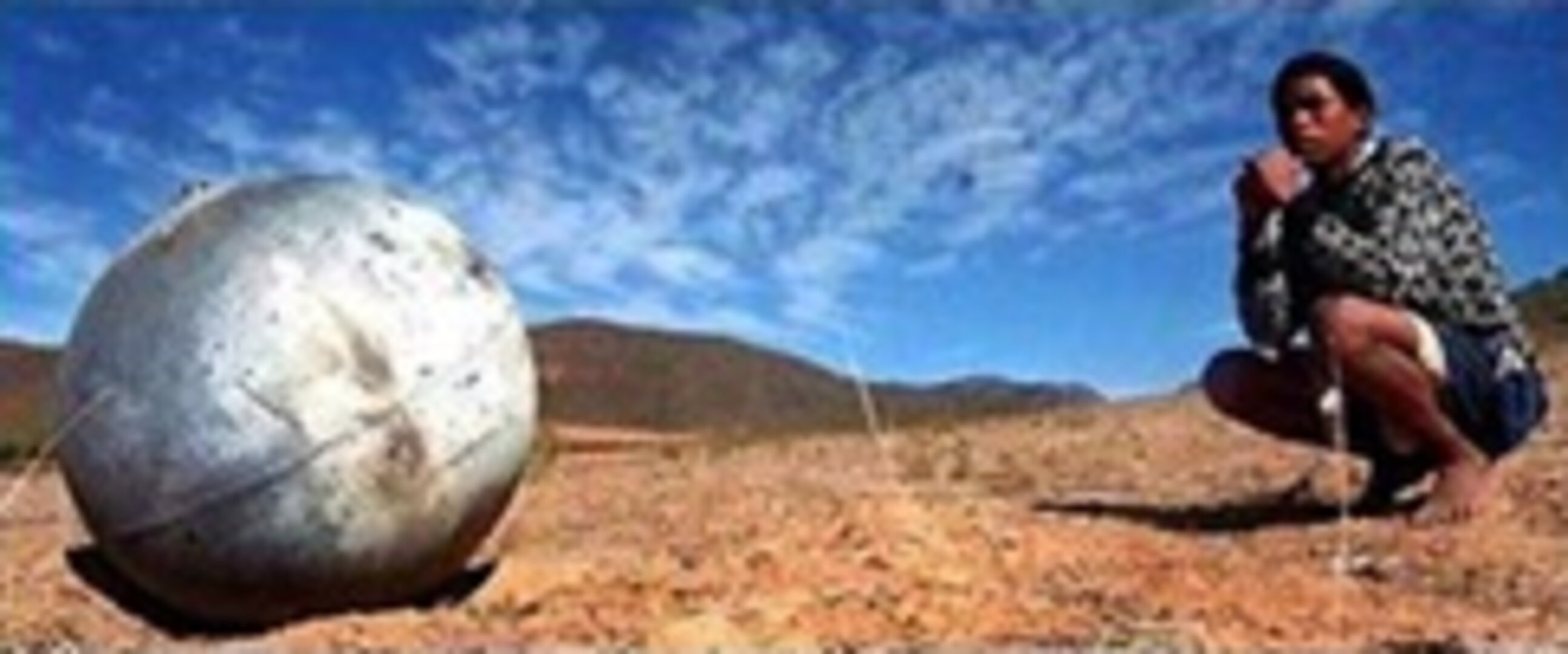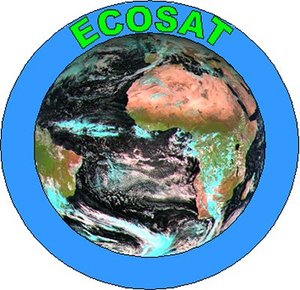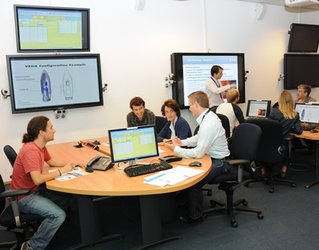D4D Design for Demise - MiCRA Study and Webcasting
In the frame of the ESA Clean Space Initiative (see link) the CDF was tasked to carry out a MiCRA (Mission Concept and Requirements Assessment – see link) in preparation for the planned industrial Technology Readiness Programme (TRP) activity into Design for Demise techniques. The objective of the MiCRA was to gather and refine ideas around the topic, to finalize the scope of the contract and to consolidate the related Statement of Work. Another outcome of the MiCRA was to create the necessary D4D know-how in a multi-disciplinary ESA team.
Design for Demise (D4D) aims to investigate ways to reduce the uncontrolled re-entry casualty risk to people caused by space debris. D4D is about proposing new spacecraft design concepts and approaches such that less debris survives the re-entry and that debris that does survive poses lower risk. Of course, these design concepts apply equally to spacecraft and launchers. So far, very little is known about the engineering associated with D4D and this process can potentially bring significant advantage to European industry by reducing the need for controlled re-entry of satellites and all the costs associated with that.
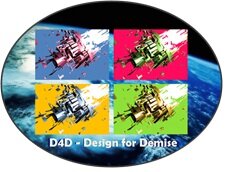
A number of experts from selected disciplines identified several design for demise concepts and highlighted many issues requiring analysis at system and subsystem level during future industrial activities.
Some of the major areas that will require more in-depth analysis include novel materials and manufacturing methods, as well as configuration and structural design features, enabling an easier spacecraft break-up during the atmospheric re-entry.
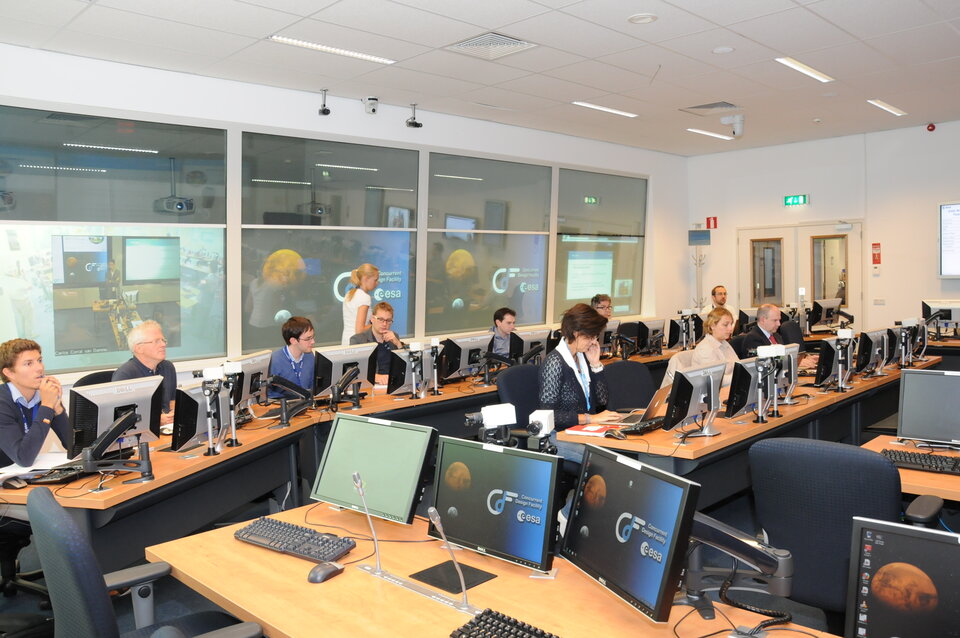
Although the CDF has had the ability to record and store the rich media content of design sessions for some time, another novel feature of this MiCRA was the decision to WebCast each of the sessions live. This enabled organisations interested in bidding for the subsequent industrial contract a better insight into the activity. Those connecting to the webcast were allowed to raise questions via an on-line form and these questions were answered either during the sessions or shortly afterwards.















 Germany
Germany
 Austria
Austria
 Belgium
Belgium
 Denmark
Denmark
 Spain
Spain
 Estonia
Estonia
 Finland
Finland
 France
France
 Greece
Greece
 Hungary
Hungary
 Ireland
Ireland
 Italy
Italy
 Luxembourg
Luxembourg
 Norway
Norway
 The Netherlands
The Netherlands
 Poland
Poland
 Portugal
Portugal
 Czechia
Czechia
 Romania
Romania
 United Kingdom
United Kingdom
 Slovenia
Slovenia
 Sweden
Sweden
 Switzerland
Switzerland


























